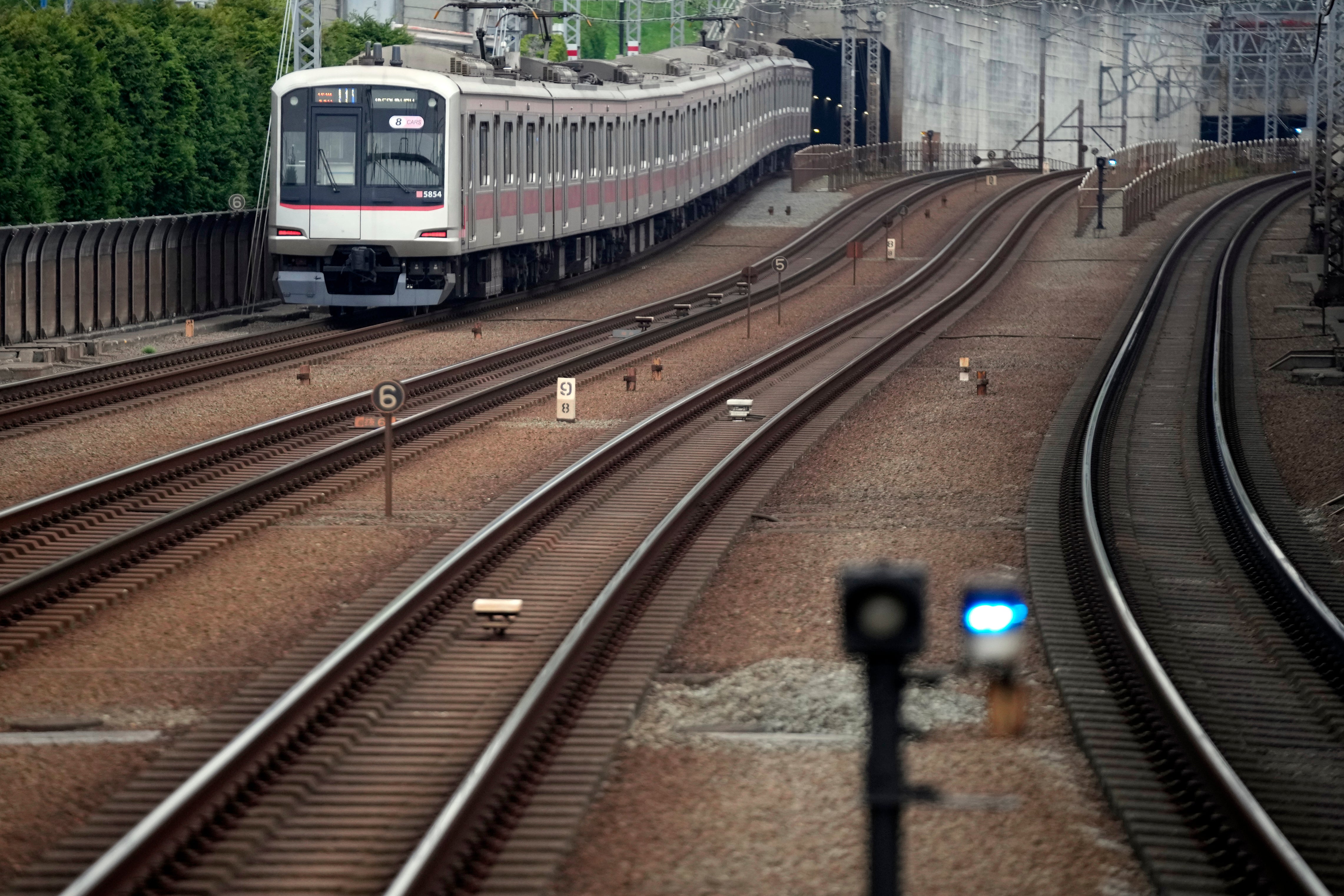Your support helps us to tell the story
From reproductive rights to climate change to Big Tech, The Independent is on the ground when the story is developing. Whether it’s investigating the financials of Elon Musk’s pro-Trump PAC or producing our latest documentary, ‘The A Word’, which shines a light on the American women fighting for reproductive rights, we know how important it is to parse out the facts from the messaging.
At such a critical moment in US history, we need reporters on the ground. Your donation allows us to keep sending journalists to speak to both sides of the story.
The Independent is trusted by Americans across the entire political spectrum. And unlike many other quality news outlets, we choose not to lock Americans out of our reporting and analysis with paywalls. We believe quality journalism should be available to everyone, paid for by those who can afford it.
Your support makes all the difference.
Japan is planning to build an automated cargo transport corridor between Tokyo and Osaka, dubbed a “conveyor belt road” by the government, to make up for a shortage of truck drivers.
The amount of funding for the project is not yet set. But it’s seen as one key way to help the country cope with soaring numbers of deliveries.
A computer graphics video made by the government shows big, wheeled boxes moving along a three-lane corridor, also called an “auto flow road”, in the middle of a big highway. A trial system is due to start test runs in 2027 or early 2028, aiming for full operations by the mid-2030s.
“We need to be innovative with the way we approach roads,” said Yuri Endo, a senior deputy director overseeing the effort at the Ministry of Land, Infrastructure, Transport and Tourism.
Apart from making up for a shrinking labour force and the need to reduce workloads for drivers, the system also will help cut carbon emissions, she said.
“The key concept of the auto flow road is to create dedicated spaces within the road network for logistics, utilising a 24-hour automated and unmanned transportation system,” Ms Endo said.
The plan may sound like a solution that would only work in relatively low-crime, densely populated societies like Japan, not sprawling nations like the US. But similar ideas are being considered in Switzerland and the UK. The plan in Switzerland involves an underground pathway, while the one being planned in London will be a fully automated system running on low-cost linear motors.
In Japan, loading will be automated, using forklifts, and coordinated with airports, railways and ports.
The boxes measure 180cm in height, by 110cm wide and 110cm long.

The system, which is also intended for business deliveries, may be expanded to other routes if all goes well. Human drivers may still have to do last-mile deliveries to people’s doors, although driverless technology may be used in the future.
Japan’s shortage of truck drivers is worsening due to laws that took effect earlier this year that limit the amount of overtime drivers can log. That’s seen as necessary to avoid overwork and accidents and to make the jobs tolerable, but in Japanese logistics, government and transportation circles, it’s known as the “2024 problem”.
Under current conditions, Japan’s overall transport capacity will fall by 34 per cent by 2030, according to government estimates. Domestic transport capacity is currently about 4.3bn tons, with more than 91 per cent of that moved by lorry, according to the Japan Trucking Association (JTA).
That’s a fraction of what’s moving in the US. Some 5.2 trillion ton-miles of freight are transported in the United States each year. It’s projected to reach more than 8 trillion ton-miles of freight by 2050. (A ton-mile measures the amount of freight shipped and how far it’s moved, with the standard unit being one ton being moved one mile.)
Demand for deliveries from online shopping surged during the pandemic, with users jumping from about 40 per cent of Japanese households to more than 60 per cent, according to government data, even as the overall population keeps declining as the birth rate falls.
As is true in most places, truck drivers have tough jobs requiring them to be on the road for days at a time, work that most jobseekers find unappealing.
In recent years, annual fatalities from delivery trucks crashing on roads have hovered at about 1,000 deaths. That’s improved from nearly 2,000 deaths in 2010, but the JTA, which covers some 400 trucking businesses and organisations in the nation, would like to make deliveries even safer.
The association is also urging consumers to hold back on delivery orders or at least bundle their orders. Some industry experts are urging businesses to limit free delivery offers.
Trucks carry about 90 per cent of Japan’s cargo. About 60 per cent of Japan’s fresh produce, like fruits and vegetables, come from distant places requiring trucking, according to Yuji Yano, a professor at Ryutsu Keizai University.
“That means the 2024 problem isn’t just a transportation problem but really a people’s problem,” Yano said.

